This is land art too

Land art is an art form that emerged in the 1960s and 1970s from the impulse to create works of art outside museums and galleries, in the landscape. Although the best-known works were created by a small group of American artists, the impulse was widespread and artists around the world created work that could be subsumed under this heading. From Mexico to Poland and from Japan to Germany, land art was part of the repertoire that artists used. Like performance art, conceptual art and early video and computer art, land art represented a way of breaking with existing conventions.
Land art as experiment
The distinction between land art and other forms of outdoor art is not always sharp, as befits a time when everything was experimented with. In the process, the works were often ephemeral, temporary and not meant to be sold or kept. Only when collectors and later governments entered the picture to finance the works did the artworks become more extensive and permanent. Few artists made exclusively land art: working in the studio and gallery space, with other media, remained part of their practice. Nevertheless, from then on, the landscape had been conquered as a place to make art. Subsequent generations and movements continued to follow the impulse of land art.
More diverse than the usual image
With these examples, we want to show that land art is dynamic and has diverse forms and creators – much more diverse than the common image. You could see it as a relational art form, created in relation to the place and the visitor. It is this working concept of land art that takes centre stage and serves as inspiration during Land Art Lives. It is this multifaceted form that we have in mind when considering the future of land art in Flevoland.
Below are a growing series of examples of artworks and art projects that serve as references for Land Art Lives.
Do you know of examples of land art works that fit into this list? Let us know at info@landartlives.nl.

Humid Installation (1970)
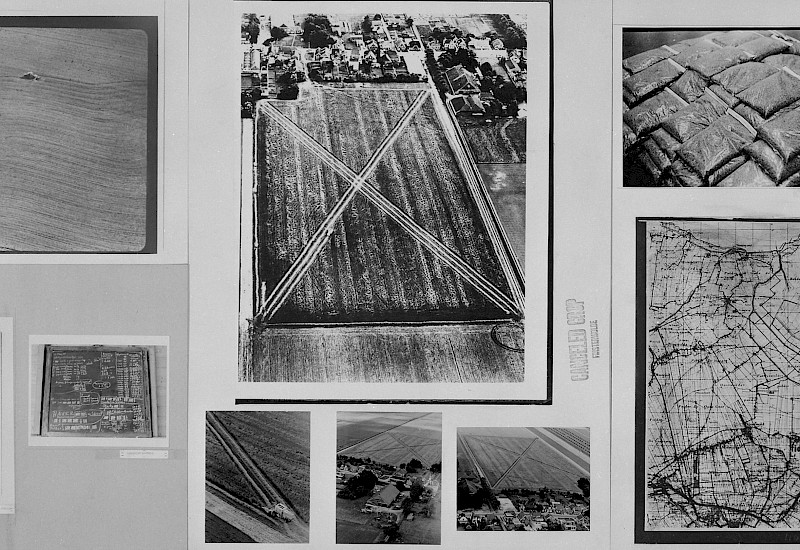
Directed Seeding - Cancelled Crop (Finsterwolde, Holland, 1969)

Land Art. Fernsehausstellung I (1969)
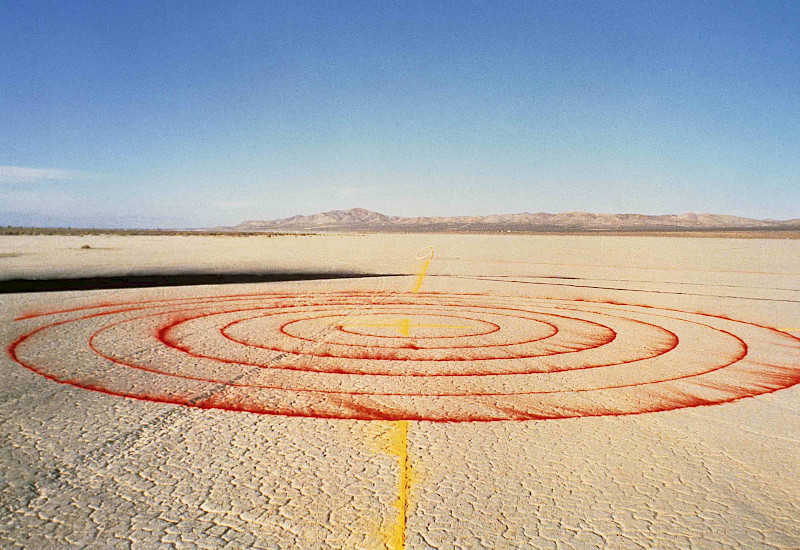
Groundswell (2023)

CLUI (The Center for Land Use Interpretation) database
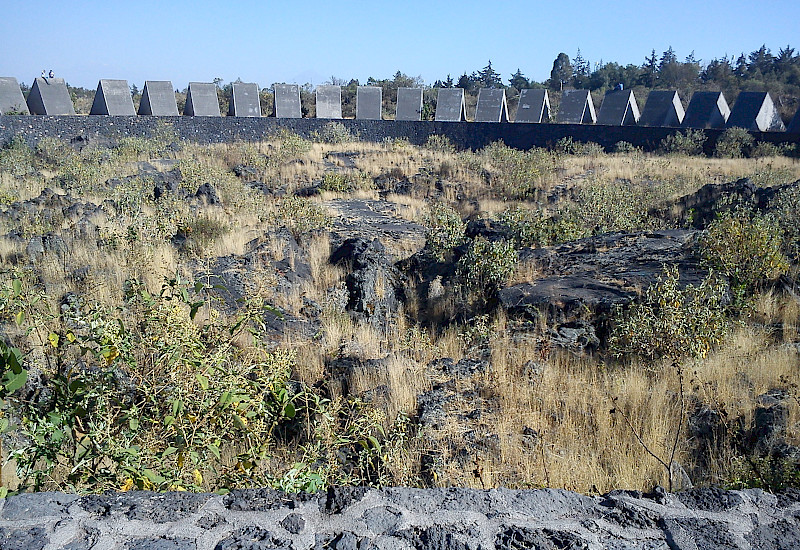
Espacio Escultórico (1979)
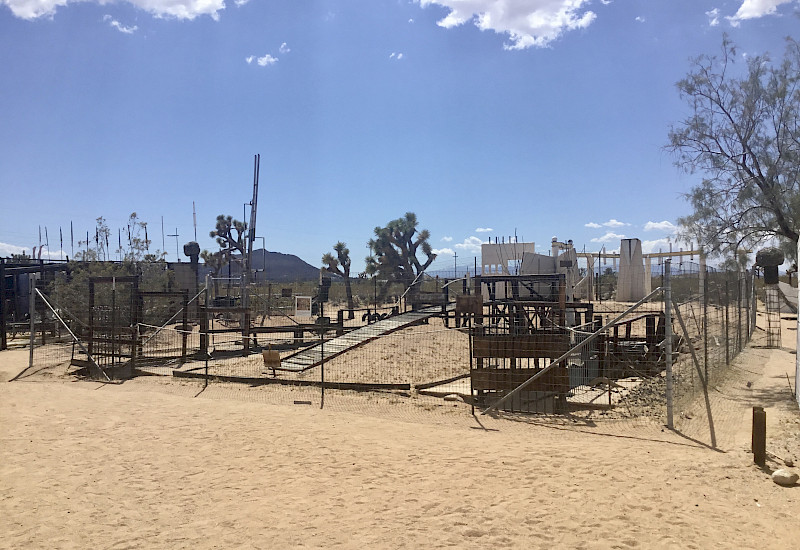
Earth Piece (1999)
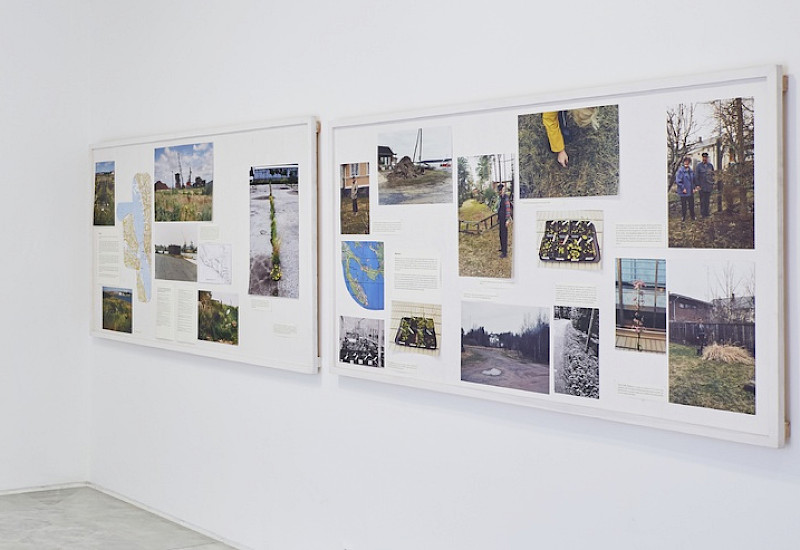
Seeds of Change
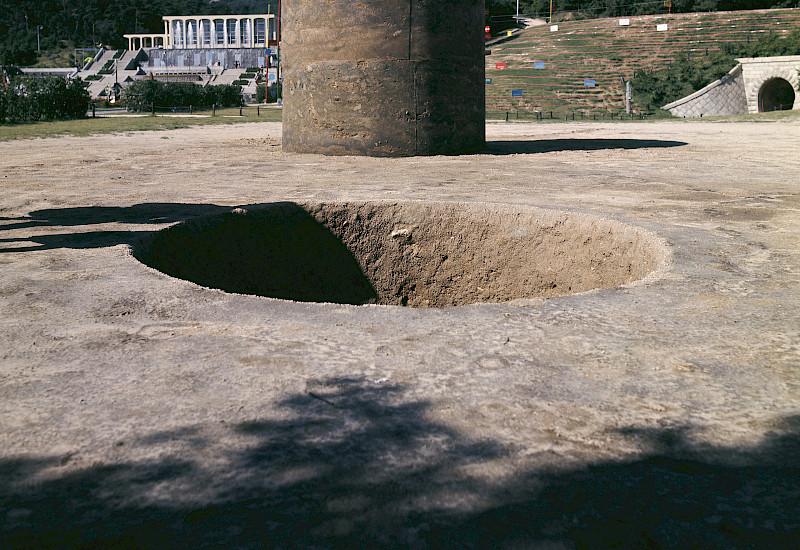
Isō—Daichi [Phase—Mother Earth] (1968)

Honoring Wheatfield - a Confrontation (2024)
